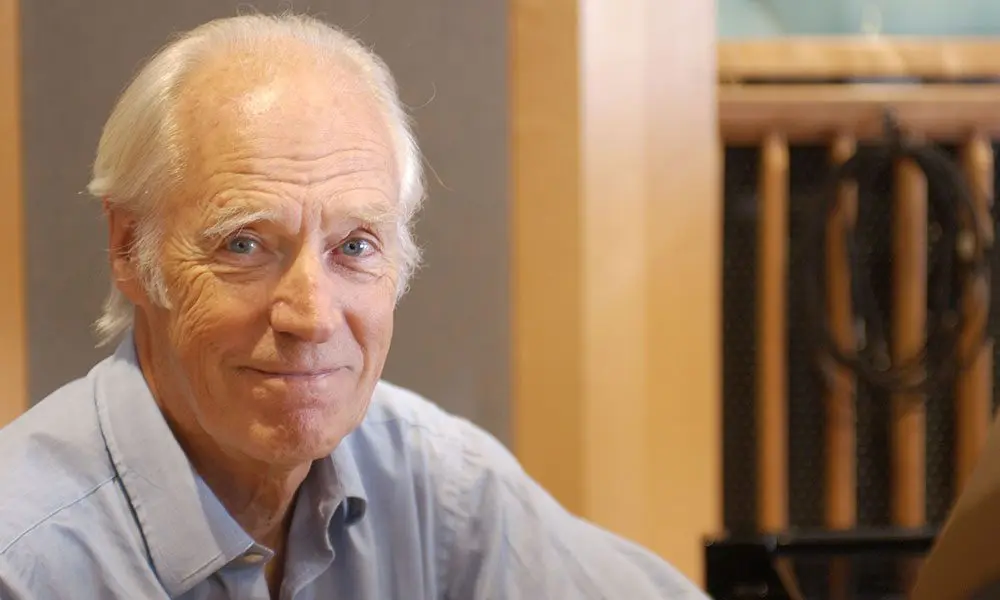The Beatles can rightfully place themselves among the distinguished few rock bands that have traversed a flawless trajectory. While it would be erroneous to assert that every album by the illustrious ‘Fab Four’ ascends to the pinnacle of musical brilliance, their discography remains unblemished by any grossly flawed compositions that haunt the collective memory of the band members. Even the occasional misstep was deftly rectified by their esteemed producer, George Martin.
Throughout their tenure, Martin embodied the true essence of the ‘Fifth Beatle,’ infusing the band’s compositions with instrumental layers that surpassed their own inherent capabilities. His contributions extended well beyond mere embellishments on the piano or organ, as he played a pivotal role in crafting the group’s intricate orchestral arrangements. Notably, he orchestrated the breathtaking string sections on tracks such as ‘Eleanor Rigby’ and the latter half of the medley featured on ‘Abbey Road.’
Martin’s expertise transcended musical acumen; he actively participated in the band’s exploratory forays into experimental techniques, notably the manipulation of tape speeds. As The Beatles embarked on innovative endeavors, including the incorporation of reversed music, Martin tirelessly honed their approaches, ensuring their compatibility with the realm of pop songs. One can discern his mastery in the mesmerizing background vocals on the haunting track ‘Rain.’
As the band members embarked on individual creative journeys in their later careers, certain compromises made during the recording of their eclectic self-titled album, famously known as the White Album, failed to resonate with Martin. This magnum opus, amalgamating the creative visions of four distinct solo artists, witnessed a paradigm shift in dynamics, with John Lennon and Paul McCartney no longer functioning as a harmonious songwriting force.
While the White Album represented an audacious undertaking, Martin openly expressed his disappointment with the final outcome. In a candid YouTube interview, he revealed, “The White Album was the source of my disillusionment. I advocated for a more streamlined approach, condensing the album to include only the crème de la crème. However, they insisted on incorporating all the songs they had conceived. Some I found trite, while others I recognized as exceptionally potent. Had we distilled the essence, we could have crafted a truly unparalleled album.”
As the recording sessions progressed, creative disparities intensified, causing rifts within the band. They resorted to operating out of separate studios at Abbey Road, with each musician deeply engrossed in their individual compositions, devoid of collaborative input from their fellow Beatles. The atmosphere grew increasingly strained during the final stages, prompting both Martin and Starr to take individual respites from the project, succumbing to the mounting pressure and exasperation stemming from their bandmates.
While Martin’s inclination toward curating a more concise album featuring the crème de la crème is understandable, it is precisely the erratic ambiance that permeates the record, endowing it with enduring allure. It is as if the listener is granted a privileged glimpse into the Beatles’ creative process, bearing witness to the birth of their compositions. The White Album may stand as one of the most fragmented offerings from the Fab Four, but concurrently, it captures the band at their most human, navigating the intricate challenges of the studio environment.

